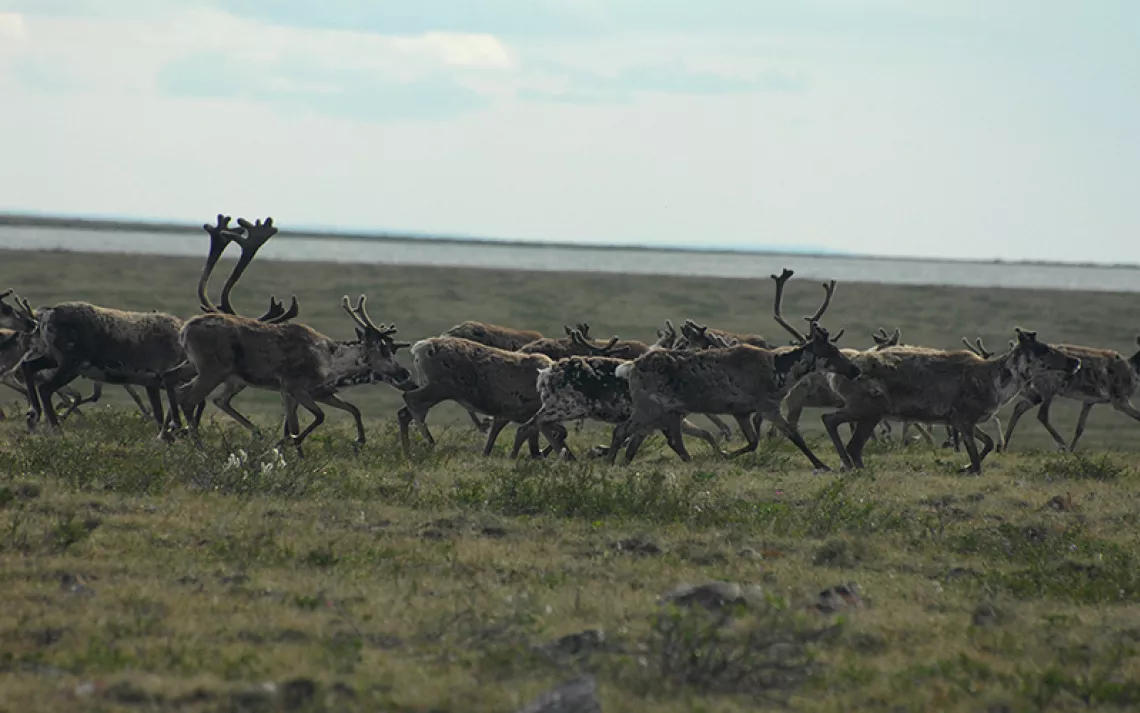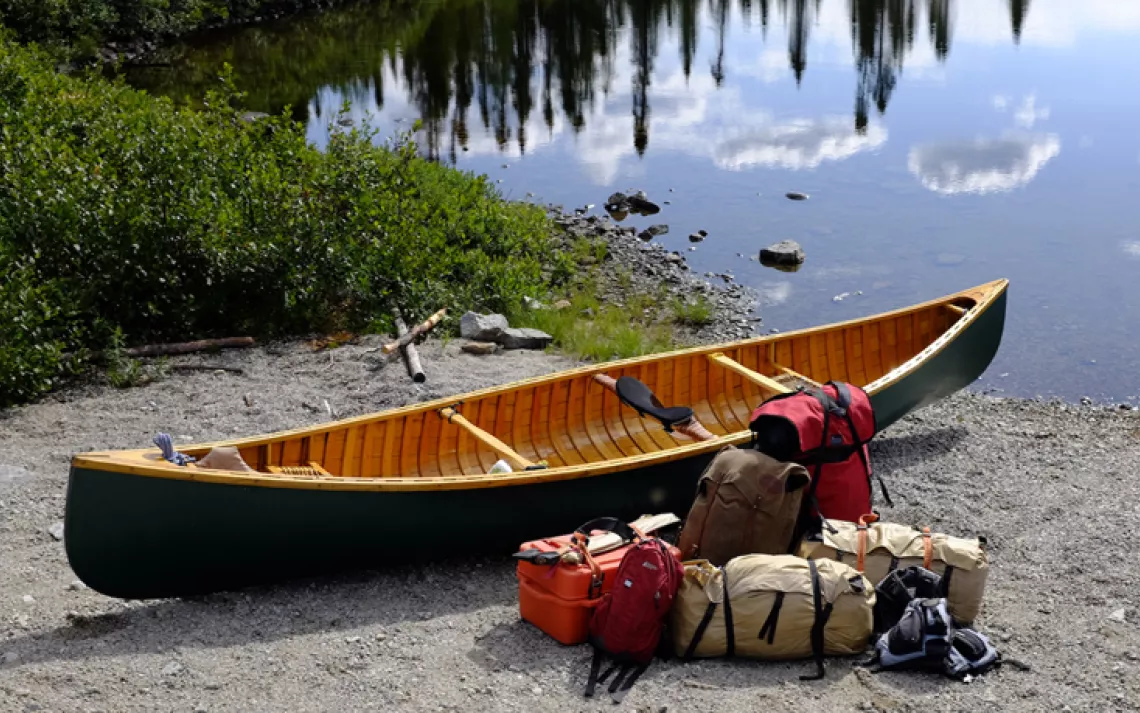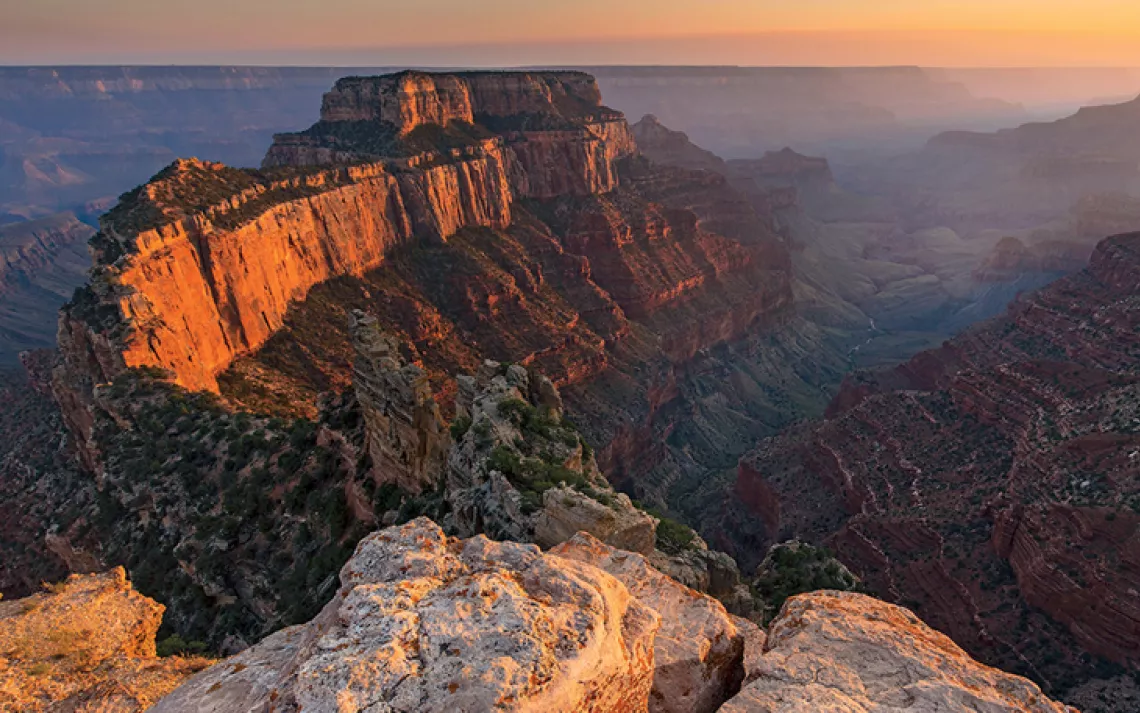The Art of Greenlandic Kayaking
The world's most badass kayakers call it a "qajaq." And they use it to hunt walrus.

A Greenlander prepares to attempt a "holding the paddle in the crook of your arm" roll (pakassummilugu unermillugu). Photo by Kendra Pierre-Louis.
The Greenlandic qajaq—or kayak, as it's known in English—is a vessel for hunting. That's what the name means. It's a boat made from skin, traditionally seal, stretched over a frame of whalebone or driftwood, although "boat" is considered disrespectful when applied to a qajaq. (Modern recreational kayaks are called qajariaq, "qajaq-like.")
The Aleut, Yupik, and Inuit peoples transformed the qajaq from open boat to watertight capsule roughly 4,000 years ago as their hunting moved from just offshore to the open sea. From its unsteady perch on frigid seas, they'd throw harpoons and haul waterfowl, seals, and even walrus back to shore. Today, qajaq hunting is mostly limited to the less populous regions in Greenland's north and east. You don't see a lot of kayaking elsewhere—unless, like me, you're at the Greenland Kayaking Competition in Sisimiut, a community of 5,500 on the country's west coast.
I came in July expecting ice, but temperatures have been in the 70s most days, cooling slightly by midnight, when the sun dances near the horizon before rising again. Along the shore, winged kelp bobs just below the surface of waters that rival those of the Caribbean in clarity, if not in warmth.
A boy, teetering on adolescence, capsizes after attempting a roll that exceeds his energy and ability. Hanging upside down a short distance from the safety of a dock, he bangs on his qajaq for assistance—one, two, three times, and then again. His desperation is evident from the thrashing of his qajaq, but he remains with his vessel until a small motorboat comes to right him. Frigid Arctic waters can bring death in as little as 15 minutes—faster for most Greenlanders, who generally can't swim.
Maligiaq Padilla, a well-known qajaqer, explains the qajaq's deadly arsenal: a bird dart, a lance, and unaq and ernangnak harpoons. The harpoons' heads are composed of walrus or narwhal tusks. They sink into an animal's flesh, while a thin line attached to a bladder (to keep the line afloat) trails back to the qajaq. A knife deals the finishing blow, and stout bone knobs affix the seal to a line to tow it ashore.
Padilla seems nondescript until I see the graceful way he moves in a qajaq. "How many seals have you towed in a single hunt?" someone asks from the crowd. "One," he says—although his grandfather once towed seven. That's nearly half a ton of seal attached to a qajaq, which, at best, tips the scale at 30 pounds.
"How many walruses have you towed?" someone else asks.
"I don't hunt walruses from a qajaq," he says with an abashed smile. "I'm too afraid."
And with good reason: Last May, a hunter near Thule in north Greenland was killed by a walrus. Even so, in 2012, the most recent year for which the country has figures, 114 walrus were successfully hunted. Hunting is how many Greenlanders fill their bellies, though it's mostly the older ones who continue the tradition. Fewer young people are learning how to hunt at all, let alone by qajaq. Aluminum motorboats are faster and don't have to be built by hand.
"How long does it take you to build a qajaq?" I ask Elias-ole Inusugtok, a friendly Greenlander with a reputation as a quality craftsman. "Three months," he responds in halting English. He points out details like the tight lashing he uses to keep the frame together. I tell him that his qajaqs are beautiful. He shrugs.
I try out a white qajaq lent by Mikkel Larsen, a Danish teacher. I wear a sealskin akuilisaq, similar to a spray skirt, to keep water out. It carries a distinct smell—not of decay exactly, but of a thing that once lived. It maintains its waterproof quality and flexibility thanks to layers of oil, dutifully applied. Competitors travel with their akuilisaqs frozen, then slip them into the seawater to unfold them when needed.
Once I'm inside, I can feel the waves lapping beneath me, the water's cadence, and even its temperature through the qajaq's thin skin. The qajaq isn't merely an extension of me; together, we become a part of the sea.
Historically, local sea and weather conditions have governed the qajaq's shape. From Alaska's west coast, east across Baffin Bay to Greenland, there were once more than 40 varieties. In east Greenland, a bitterly cold wind called the piteraq blows off the ice sheet. It can capsize the thicker, higher-volume boats like those favored in west Greenland, so east Greenland qajaqs tend to be thinner, allowing the qajaqer to bend low and let the wind blow over him.
Anyone who reads the news should know that Greenland is melting. I ask Padilla if he thinks climate change is affecting boat design.
"Not really," he says. "Not enough people are hunting by qajaq for it to evolve." The animals themselves, though, are becoming scarcer. To hunt seals these days, Padilla says, he has to carry his qajaq 10 to 20 miles out to sea by motorboat.
During two weeks of travel, I saw qajaqs all across Greenland. But outside of the competition, I saw no one qajaqing.
As I head to the airport, I ask my cab driver, a guy in his early 20s, if he qajaqs. "No," he responds. "I prefer parkour."
 The Magazine of The Sierra Club
The Magazine of The Sierra Club



